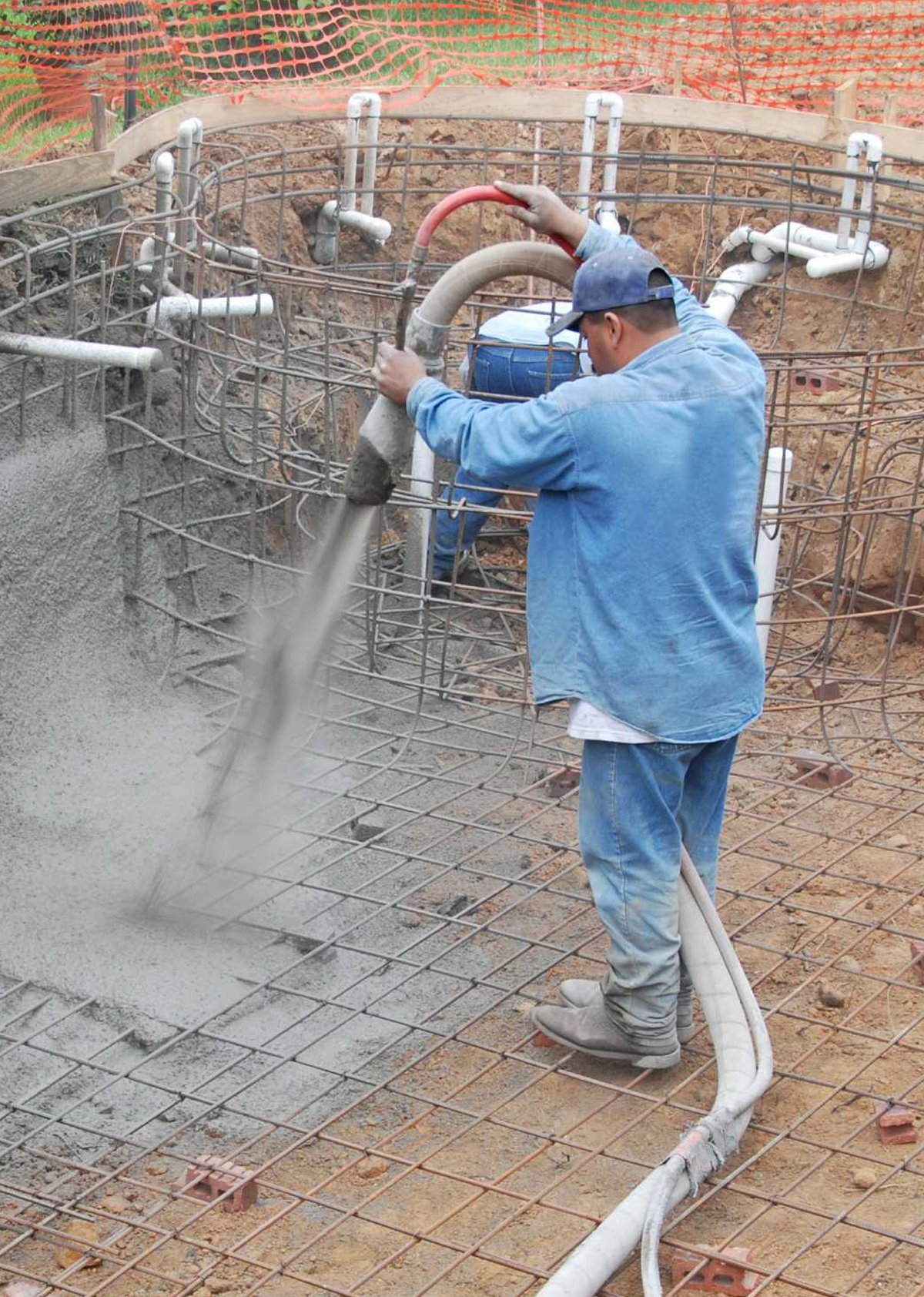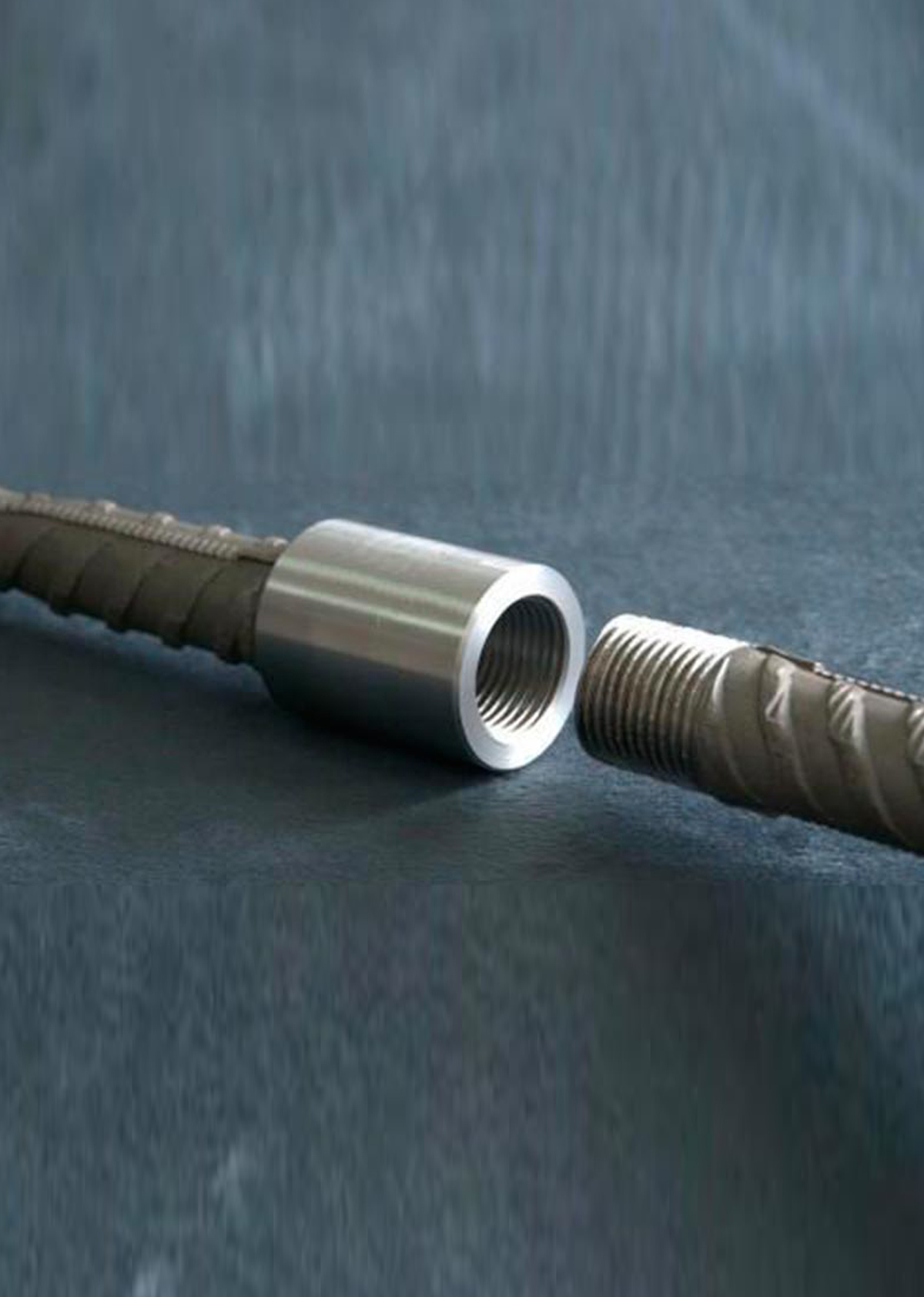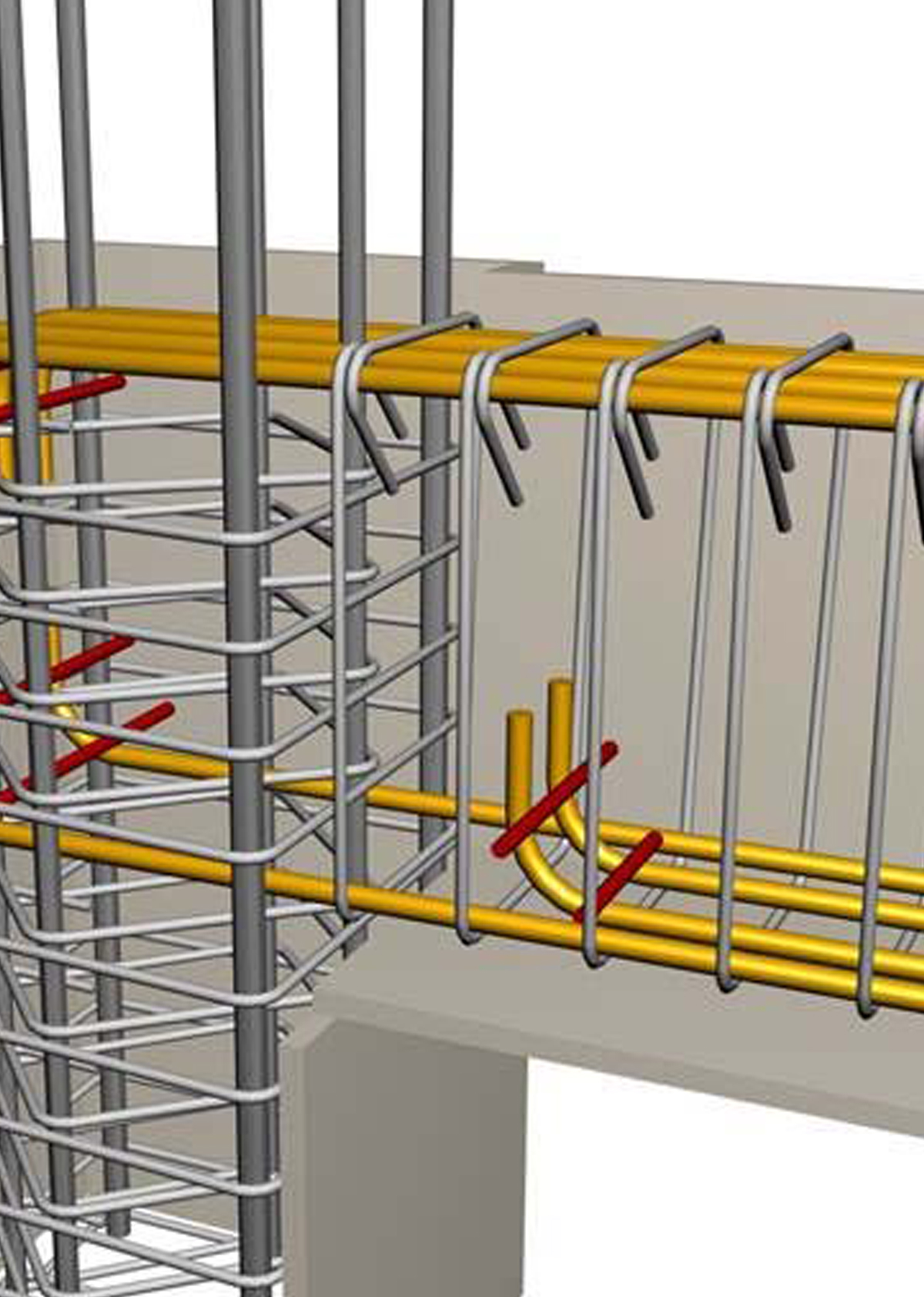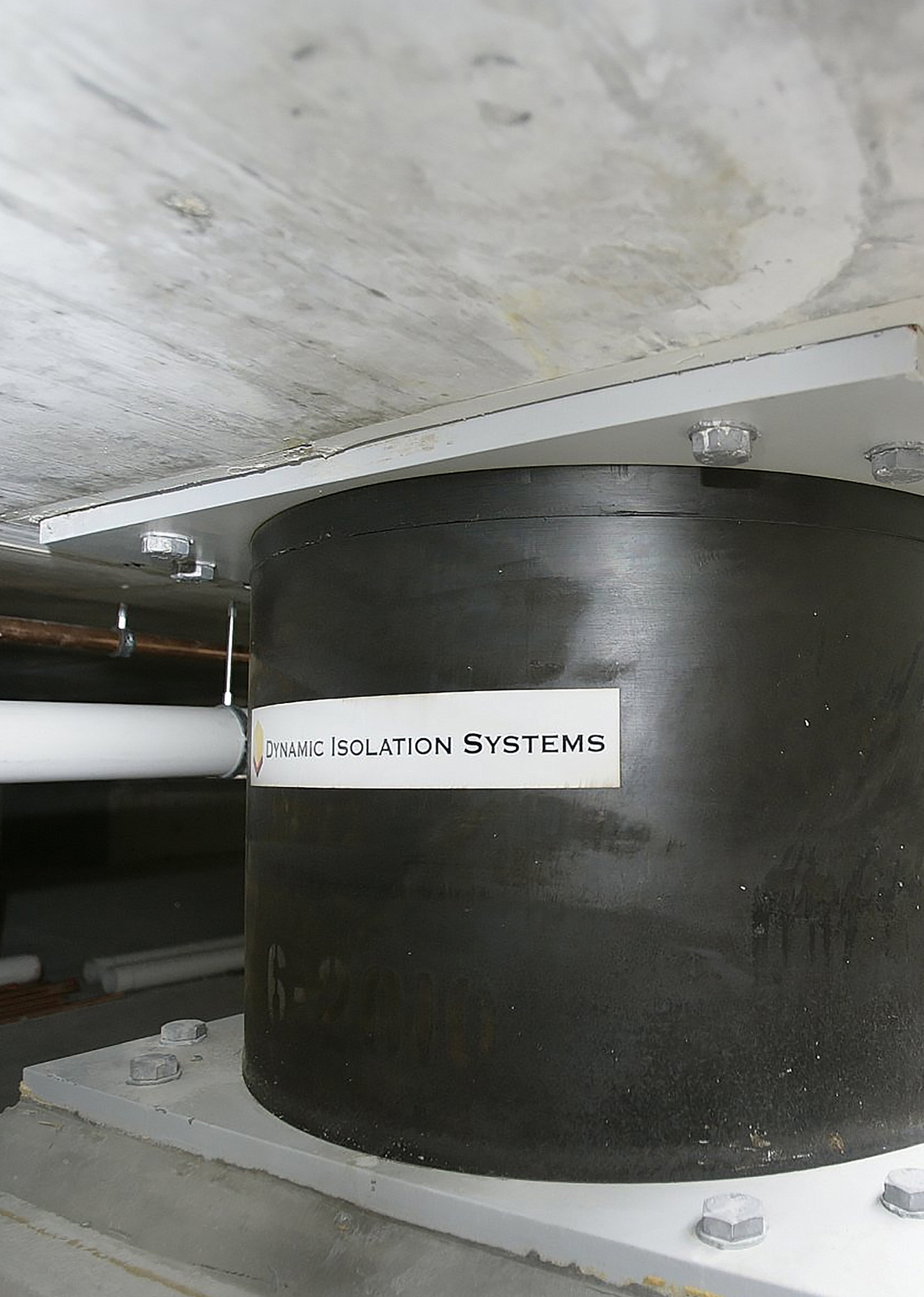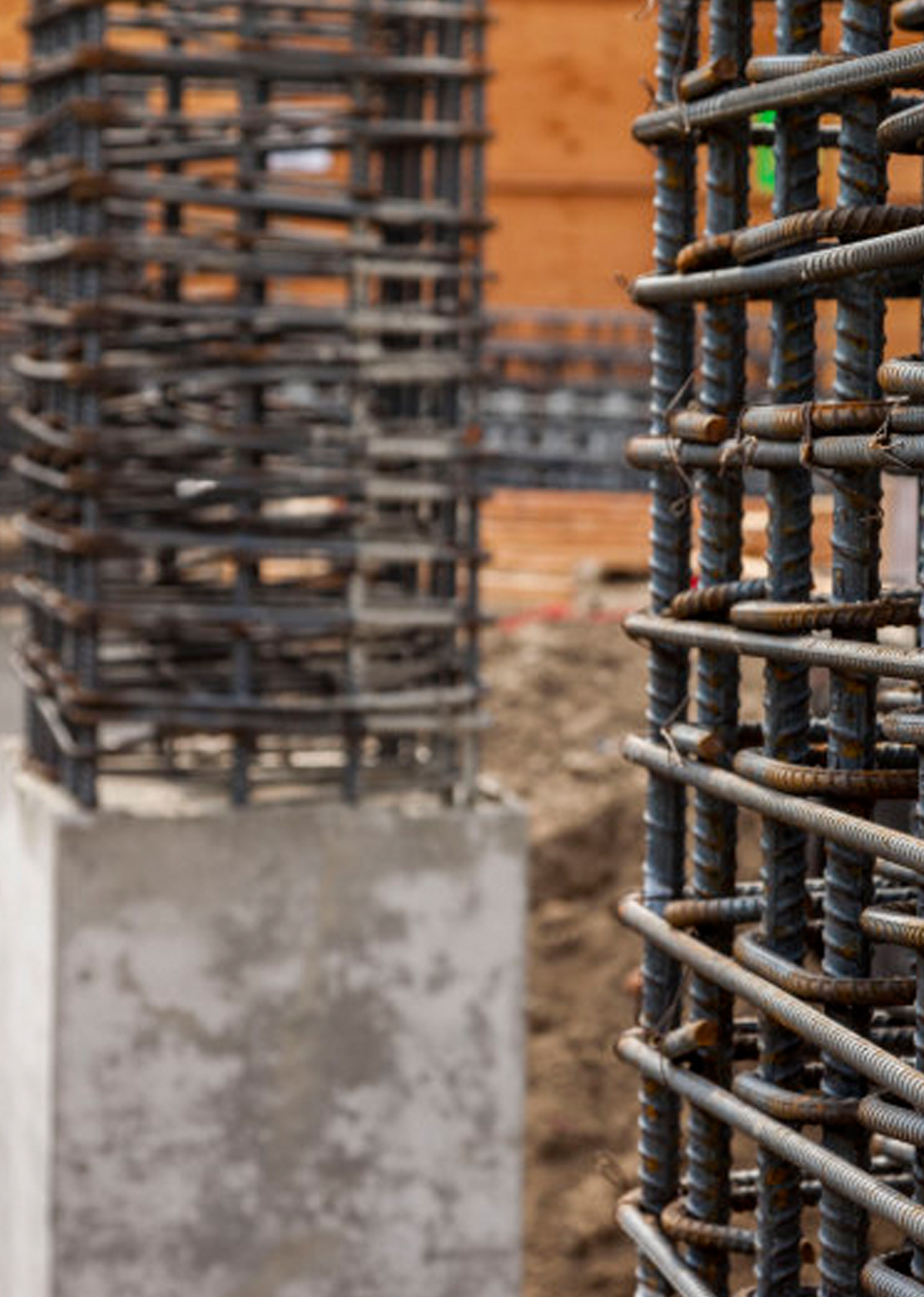High quality and durable concrete is required to reduce the rapid deterioration of concrete in severe conditions. This paper reports the results of a study conducted to evaluate the performance of different types of Pakistani cements exposed to various aggressive sulfate and chloride environments. Mortar and concrete (plain and embedded with reinforcing steel) specimens were
Typically lap joints are provided to connecting reinforcement bars for continuity in reinforced. Though this is simple and easy method, it is not always appropriate OR feasible. Advantages of simplicity and economy in lap splicing is limited to smaller diameter bars. However in projects where larger diameter bars are involved, mechanical couplers offer the solution
What is bar bending schedule Bar bending schedule is used to give information about the design requirement of reinforcement steel to fitter (steel fabricator) and site execution team. Before actual steel cutting starts, bar bending schedule is to be prepare and get it approved from engineer in charge. Bar bending schedule give information about Dia
Seismic isolation is a good concept in earthquake engineering, having been introduced in the early 1980s in the USA and New Zealand, and as early as 1975 in the former Soviet Union. Quite simply, the idea underlying the technology is to detach the building from the ground in such a way that the earthquake motions
Methods of Tying Several types of ties can be used with rebar. Some are more effective than others. The views in figure illustrate the six types used by the Seabees: (A) snap, or simple, tie, (B) wall tie, (C) double-strand tie, (D) saddle tie, (E) saddle tie with twist, and (F) cross, or figure-eight, tie.
Reinforcing steel bars are used to help concrete withstand tension forces. Concrete by nature is sufficiently strong to compression forces, although tension forces can crack concrete. Deformed rebars on reinforcing steel were made a standard requirement since 1968, however, plain rebars are also used in situations where the reinforcing steel is expected to slide as

